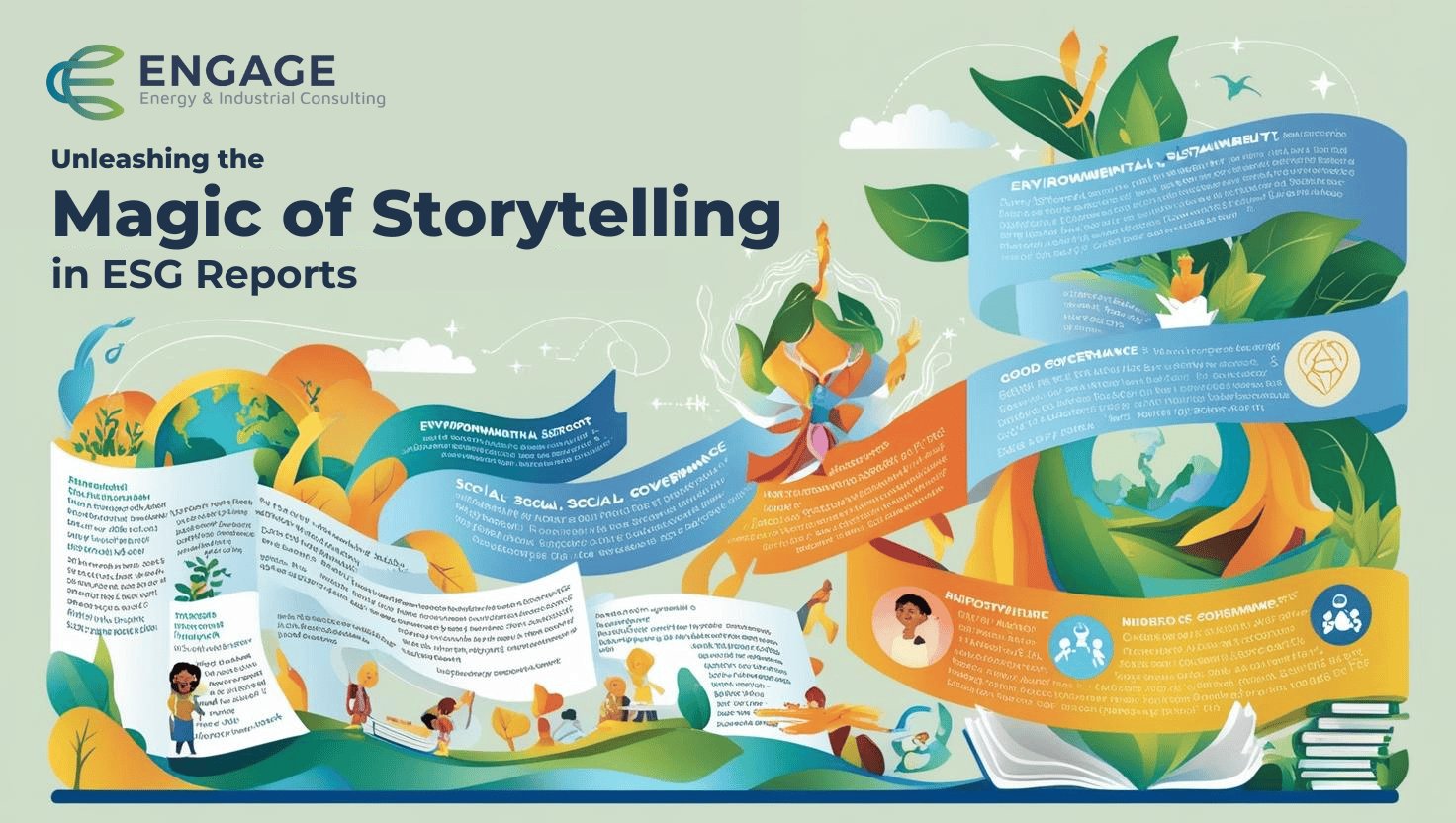
Biodiversity refers to the variety of life on Earth, encompassing the diversity of species, ecosystems, and genetic variation within species. It plays a crucial role in maintaining the balance of our planet, supporting ecosystem services that are vital for human survival, such as clean air and water, food production, and disease regulation. As human activities increasingly threaten biodiversity, it becomes imperative to understand its importance and implement strategies to protect local ecosystems.
The Significance of Biodiversity
The Center for Biodiversity and Conservation says that “ We use the term “biocultural” to describe the dynamic, continually evolving and interconnected nature of people and place, and the notion that social and biological dimensions are interrelated.” This is such an important part of ensuring that our planet is prepared for future generations. Here are just some of the ways that biodiversity plays a role in the health of our planet.
- Ecosystem Resilience: Diverse ecosystems are more resilient to disturbances such as climate change, invasive species, and disease. A variety of species can adapt to changes more effectively than monocultures, allowing ecosystems to recover from shocks.
- Economic Benefits: Biodiversity contributes to economies through agriculture, tourism, and pharmaceuticals. Healthy ecosystems provide resources that sustain livelihoods, especially in rural communities that rely on natural resources.
- Cultural Value: Many cultures have deep-rooted connections to local biodiversity. Plants and animals often hold spiritual significance and contribute to cultural identity. Protecting biodiversity helps preserve these cultural narratives. Consumers want to see the results of these initiatives. When businesses create measurable programs, eco-friendly products, and a biodiversity in the resources we use, consumers react very favorably.
- Scientific Research: Biodiversity is a treasure trove for scientific discovery. Each species represents a unique set of genetic information, providing insights into evolution, medicine, and environmental science. The potential for new medicines and technologies often lies in the untapped diversity of organisms.
Strategies for Protecting Local Ecosystems
To safeguard biodiversity, local communities can adopt a range of strategies. Every nation in the world must work together to improve the health of the planet. It does not work if only one region, one continent, or one nation change in singularity. We must face the reality that we are one network on one planet. If we do not work together, we put all of our futures in jeopardy. Here are some of the things we need to continue to focus on:
1. Habitat Conservation

Conserving natural habitats is fundamental. This can involve creating protected areas, restoring degraded lands, and implementing sustainable land-use practices. Local governments can work with conservation organizations to establish wildlife reserves or community-managed areas. Making sure that our natural resources are biodiverse is an important part of intrinsic value for our planet.
2. Sustainable Business Practices
Promoting sustainable agriculture, forestry, and fishing practices helps reduce habitat destruction and overexploitation of resources. Techniques such as crop rotation, organic farming, and sustainable forestry practices enhance ecosystem health while maintaining productivity.
This is one area where businesses around the world can make a big impact for the better. Engage Energy & Industrial Consulting is a champion for improving sustainable business practices for manufacturers and other business footprints on an international scale.
3. Community Involvement
Engaging local communities in conservation efforts is crucial. Education and awareness programs can empower individuals to act, such as participating in local clean-up events or citizen science projects that monitor local wildlife. We can work at a municipality level, state level, and national level to improve our local biodiversity efforts and conservation.
One example of this is for the conservation of insects like honeybees, fireflies, and butterflies. We know that yard chemicals used to mitigate weeds have a negative effect on the biodiversity of the insects that we need to help pollinate our crops.
4. Restoration Projects
Implementing restoration projects can rejuvenate degraded ecosystems. This might involve replanting native species, removing invasive species, or rehabilitating wetlands. Collaborative efforts between governments, Non-Government Organizations (NGOs), and local communities can lead to successful restoration initiatives.
Often, businesses will take the opportunity to use restoration projects as a way of offsetting carbon emissions. These initiatives can help businesses work towards a net zero emission goals.
5. Business Policy Advocacy
Advocating on better business policies that protect biodiversity is essential. Local governments can implement zoning laws, establish conservation easements, and promote regulations that limit pollution and habitat destruction. Community involvement in policymaking can amplify voices that prioritize biodiversity.
6. Research and Monitoring
Conducting research on local ecosystems and species can inform conservation strategies. Monitoring biodiversity can help identify trends and threats, enabling proactive measures. Citizen scientists can play a vital role in data collection and biodiversity assessments.
How Can Engage Energy & Industrial Reporting Help Your Business with Biodiversity?
Biodiversity is not just a luxury; it is a necessity for a sustainable future. Protecting local ecosystems requires a concerted effort from individuals, communities, businesses and governments. By understanding the importance of biodiversity and implementing effective strategies, we can ensure the survival of diverse species and the health of our planet for generations to come.
The actions we take today will shape the legacy of biodiversity for tomorrow, underscoring the profound interconnectedness of all life. Contact us today to learn more.





